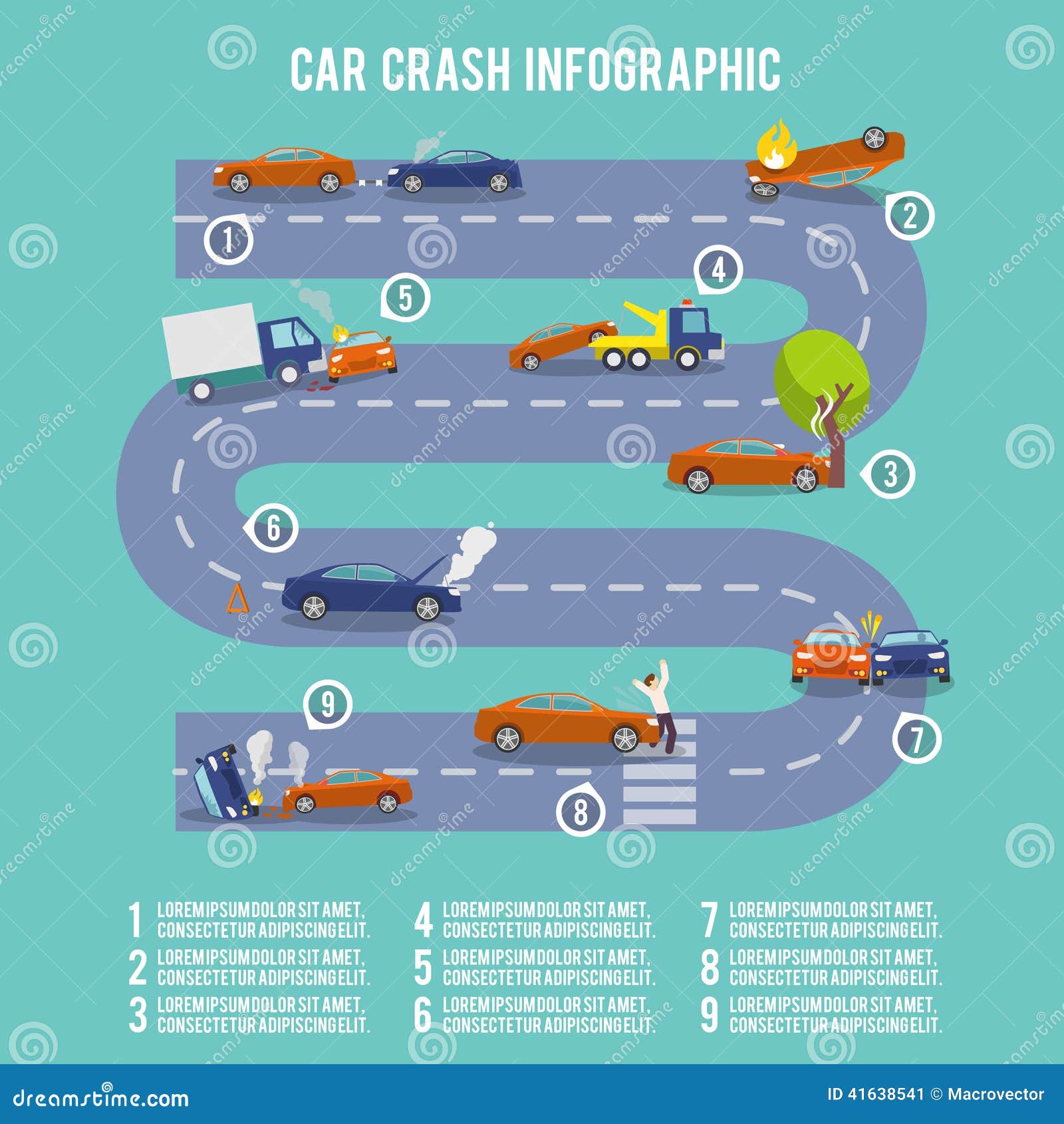Examining Your Car'S Warning Indicators: What They Really Convey
Examining Your Car'S Warning Indicators: What They Really Convey
Blog Article
car detailing brushes near me Written By-Sykes Shepherd
When you lag the wheel, those glowing caution lights on your dashboard can be a little bit complicated. Do you recognize what they're trying to tell you concerning your car's wellness? Recognizing the relevance of these lights is important for your safety and security and the durability of your lorry. So, the following time among those lights pops up, would not you want to analyze its message properly and take the required steps to address it?
Common Warning Lights and Interpretations
Recognize common caution lights in your vehicle and recognize their significances to make certain safe driving.
The most common caution lights include the check engine light, which signifies problems with the engine or discharges system. If this light comes on, it's vital to have your automobile examined quickly.
The oil stress cautioning light shows low oil pressure, calling for immediate interest to stop engine damages.
A blinking battery light might recommend a defective billing system, potentially leaving you stranded if not dealt with.
The tire stress tracking system (TPMS) light notifies you to reduced tire stress, impacting lorry stability and fuel performance. Overlooking this can result in harmful driving conditions.
The abdominal muscle light shows an issue with the anti-lock stopping system, compromising your capability to quit rapidly in emergency situations.
Finally, the coolant temperature level cautioning light warns of engine overheating, which can result in serious damages otherwise dealt with promptly.
Understanding these common warning lights will certainly help you deal with concerns quickly and maintain safe driving problems.
Relevance of Prompt Focus
Recognizing the typical caution lights in your vehicle is just the very first step; the importance of immediately addressing these cautions can't be highlighted enough to guarantee your safety on the road.
When Learn More Here illuminates on your control panel, it's your automobile's method of interacting a possible problem that requires interest. Disregarding these warnings can result in more serious issues later on, endangering your safety and potentially costing you much more out of commission.
Prompt focus to alerting lights can protect against malfunctions and crashes. For instance, a blinking check engine light could indicate a misfire that, if left neglected, might cause damages to the catalytic converter. Resolving this without delay can conserve you from an expensive repair.
In a similar way, a brake system warning light may signal low brake fluid or used brake pads, essential elements for your safety when driving.
DIY Troubleshooting Tips
If you discover a warning light on your control panel, there are a couple of DIY troubleshooting ideas you can attempt before looking for specialist help.
The primary step is to consult your vehicle's manual to understand what the specific caution light shows. In some cases the concern can be as simple as a loose gas cap triggering the check engine light. Tightening the gas cap might fix the problem.
An additional common issue is a reduced battery, which can activate different cautioning lights. Inspecting the battery links for rust and guaranteeing they're safe might take care of the trouble.
If a warning light lingers, you can attempt resetting it by disconnecting the car's battery for a few mins and afterwards reconnecting it. Furthermore, inspecting your vehicle's fluid degrees, such as oil, coolant, and brake liquid, can help troubleshoot cautioning lights associated with these systems.
Discover More Here
In conclusion, comprehending your car's caution lights is important for keeping your vehicle running smoothly and safely. By quickly attending to these informs and understanding what they indicate, you can stay clear of costly repair services and potential malfunctions.
Remember to consult your auto's guidebook for specific information on each warning light and take action as necessary to ensure a hassle-free driving experience.
Stay informed, remain risk-free on the road!
